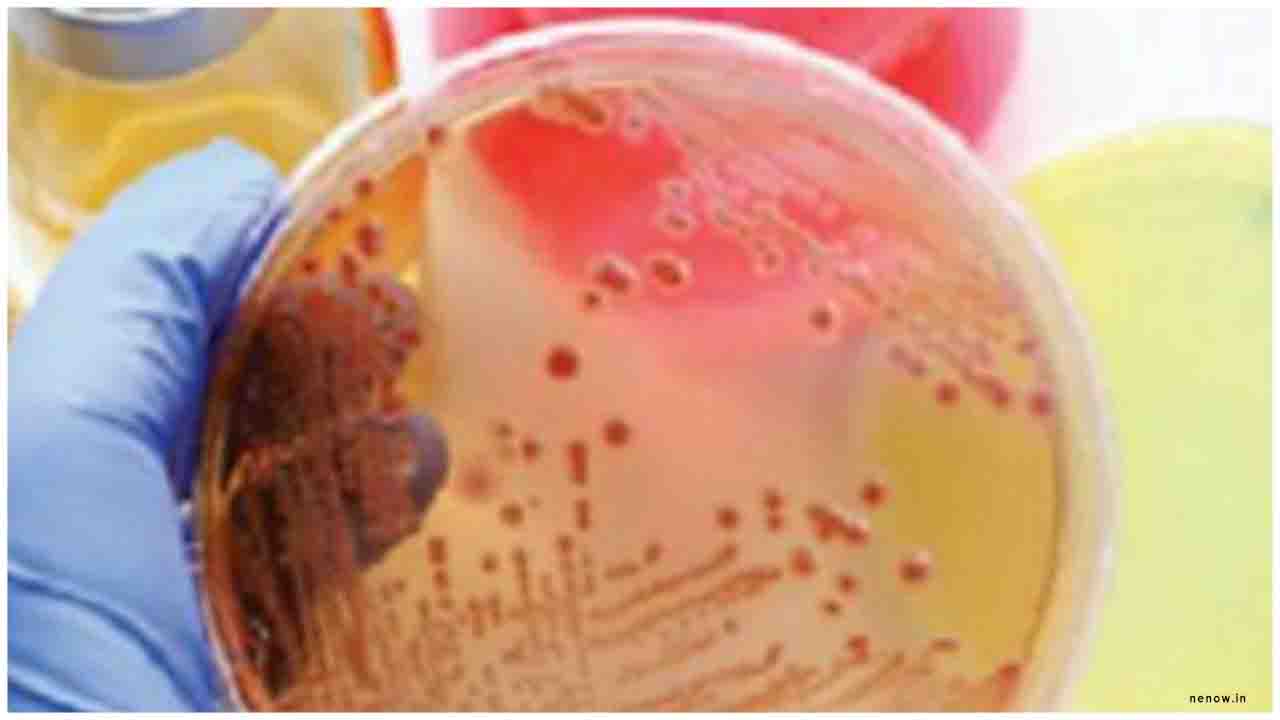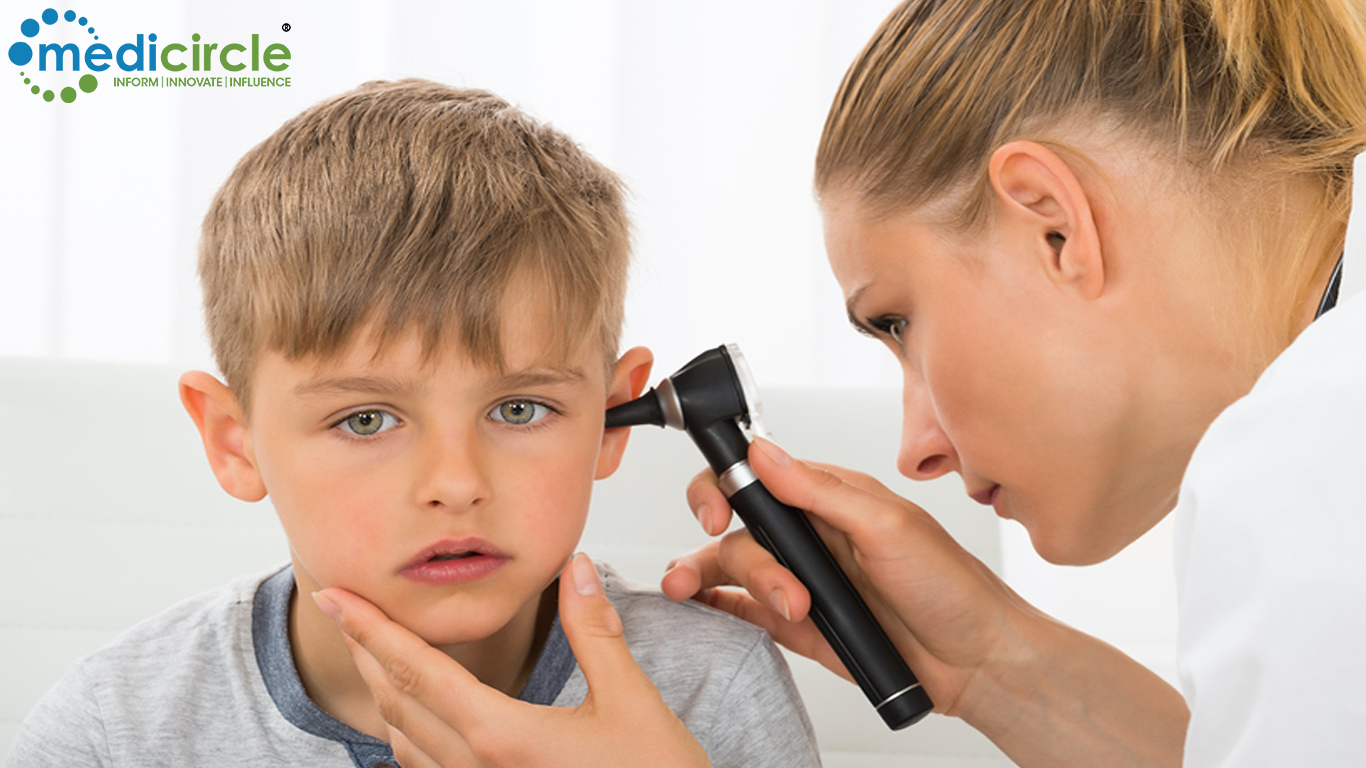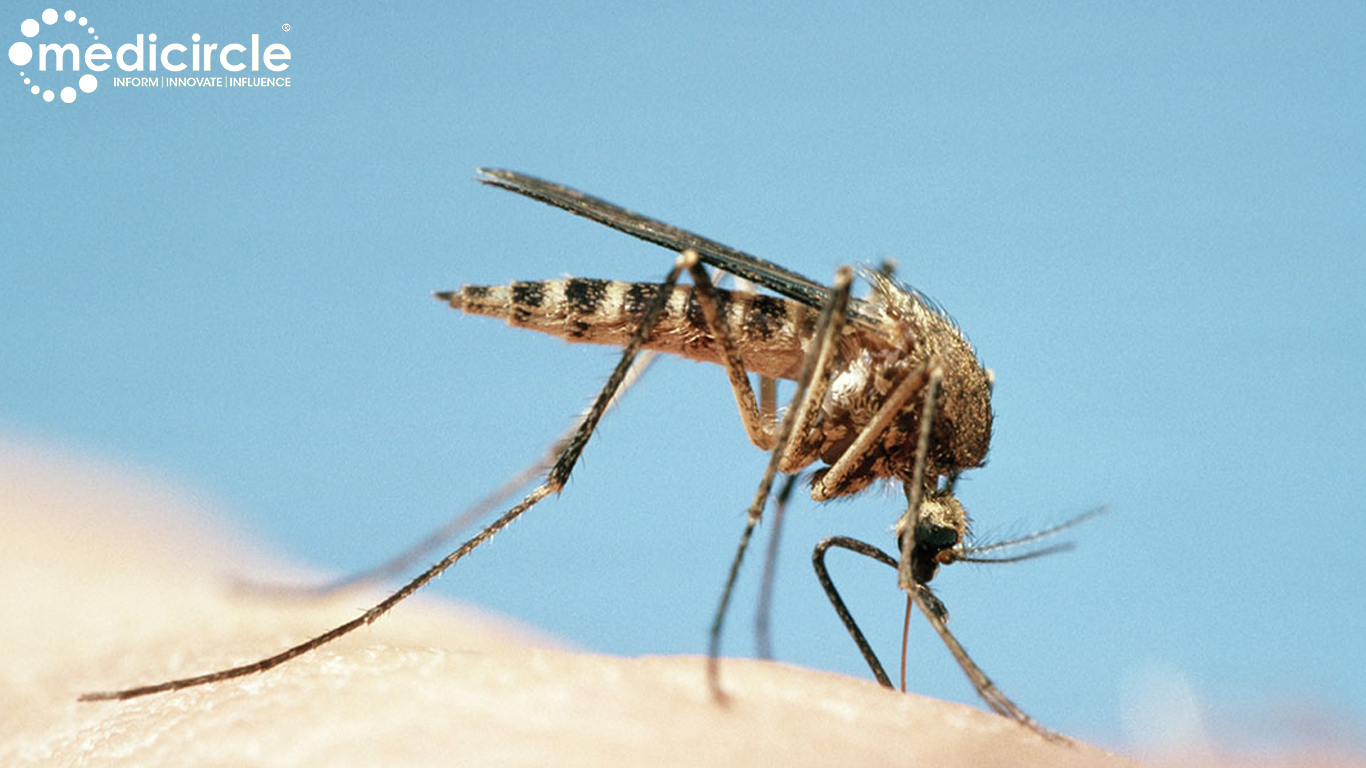According to the World Health Organization (WHO), Entamoeba histolytica is the third-leading cause of morbidity and mortality due to parasitic disease in humans. Amebiasis or amoebic dysentery is a common parasitic enteral infection. It is caused by any of the amoebas of the Entamoeba group. Amoebiasis may present with no symptoms or mild to severe symptoms including abdominal pain, diarrhea, or bloody diarrhea. Severe complications may include inflammation and perforation resulting in peritonitis. People affected may develop anemia.
If the parasite reaches the bloodstream, it can spread through the body and end up in the liver causing amoebic liver abscesses. Liver abscesses can occur without previous diarrhea. Diagnosis is typically by stool examination using a microscope. An increased WBC count may be present. The most accurate test is specific antibodies in the blood.
Prevention of amoebiasis is by improved sanitation. Two treatment options are possible, depending on the location. Amoebiasis in tissue is treated with metronidazole, tinidazole, nitazoxanide, dehydroemetine or chloroquine. A luminal infection is treated with diloxanide furoate or iodoquinoline. Effective treatment may require a combination of medications. Infections without symptoms require treatment, but infected individuals can spread the parasite to others.
Amoebiasis is present all over the world. Each year, about 40000 to 110000 people die from amoebiasis infection.
E. histolytica is classified as a category B biodefense organism because of its environmental stability, ease of dissemination, resistance to chlorine, and it is easily spread through contaminated food products. Besides the GI tract, E. histolytica can affect many organ systems.
Now a team of researchers from the Jawaharlal Nehru University (JNU) has developed new drug molecules against the protozoa that causes amoebiasis.
This protozoan is anaerobic or micro-aerophilic in nature such that it cannot survive high concentrations of oxygen. However, during infection, it faces a high surge of oxygen inside the human body. The organism synthesizes large amounts of cysteine to counter oxidative stress.
This pathogen deploys cysteine as one of the essential molecules in its defence mechanism against high oxygen levels. Entamoeba expresses two crucial enzymes for synthesizing cysteine. Researchers from JNU has characterized and determined the molecular structures of both these crucial enzymes. “We have also successfully screened for potent inhibitors for one of the enzymes, O-acetyl L-serine sulfhydrylase (OASS). Some of these inhibitors can check the growth of this organism with high efficacy,” said Prof. Samudrala Gourinath, lead researcher, School of Life Sciences, JNU, while speaking with India Science Wire.
“Cysteine biosynthesis is crucial for the survival of E. histolytica and may be similar protozoan parasites. These can be targeted by inhibiting their pathways, which we have successfully done. The identified molecules can be lead to the development of drug molecules” said Dr Gourinath.
The research team includes Sudhaker Dharavath, Ramachandran Vijayan, Khushboo Kumari, and Priya Tomar. The study has been published in the journal European Journal of Medicinal Chemistry.

 Amoebiasis the third most killer parasitic disease in humans may get a new drug according to JNU researchers
Amoebiasis the third most killer parasitic disease in humans may get a new drug according to JNU researchers























.jpeg)









